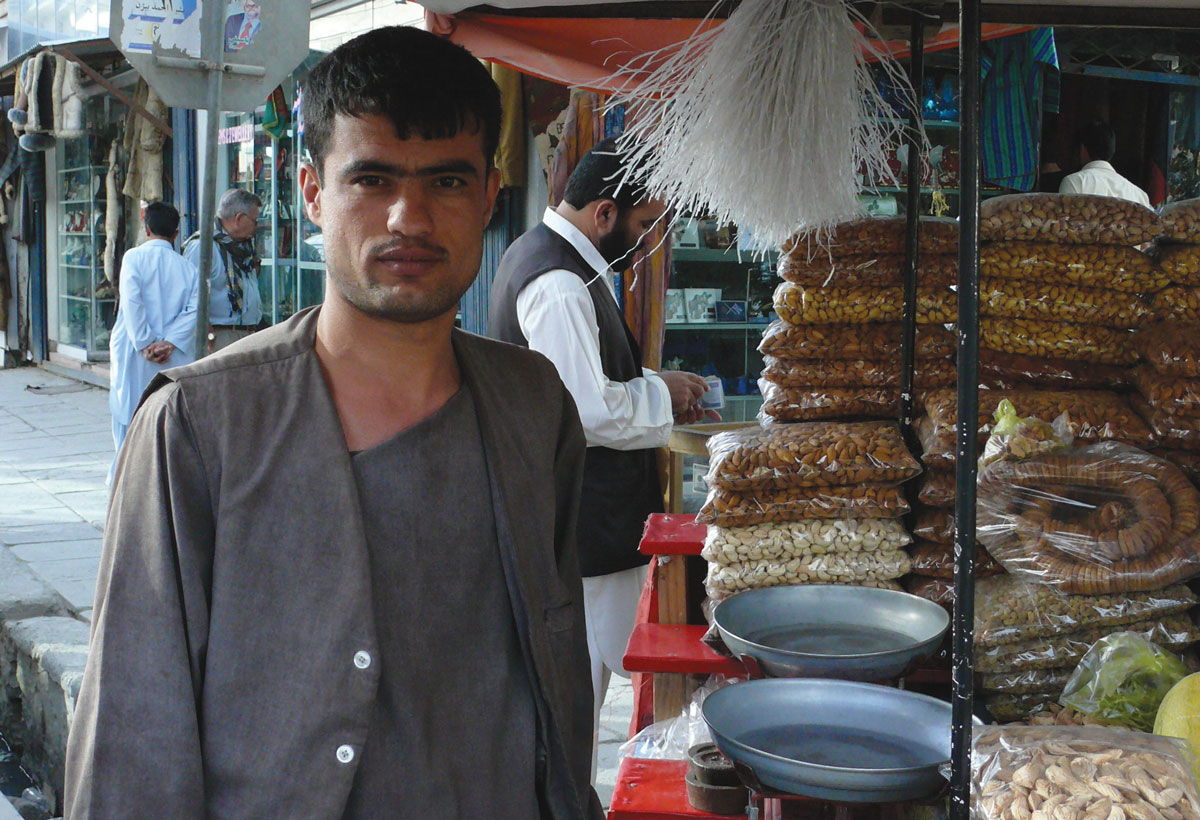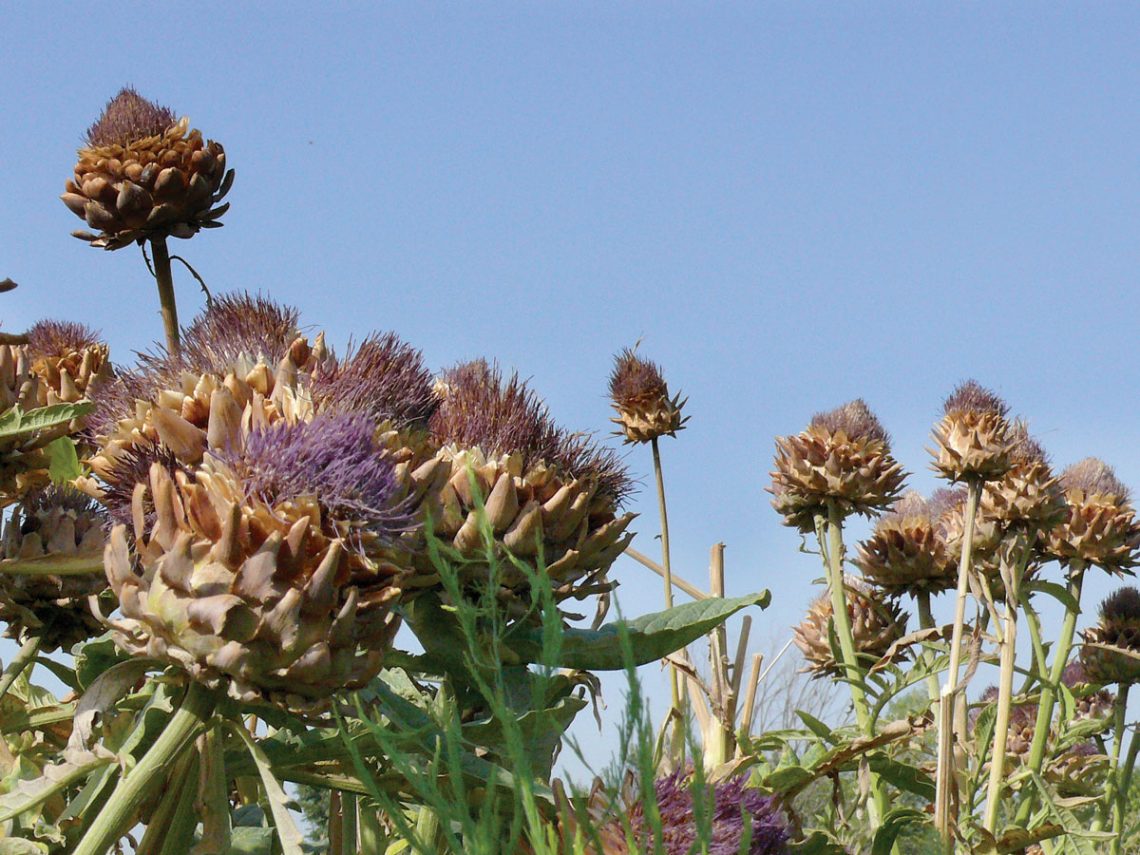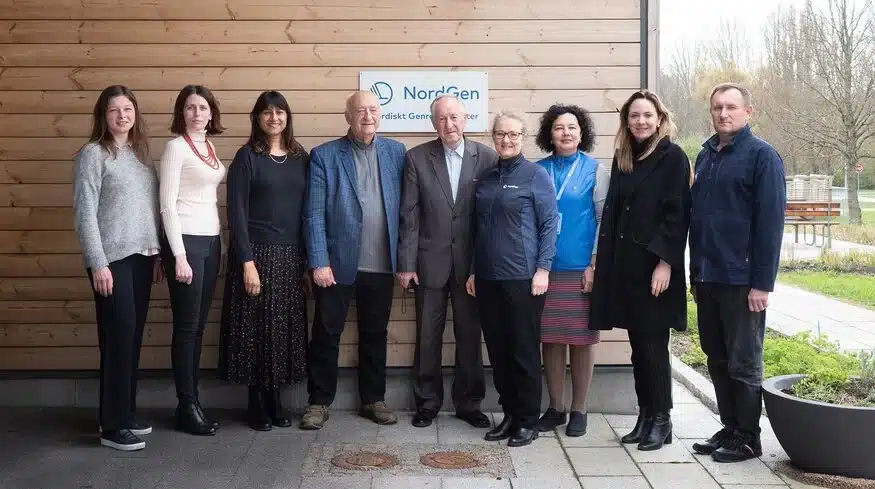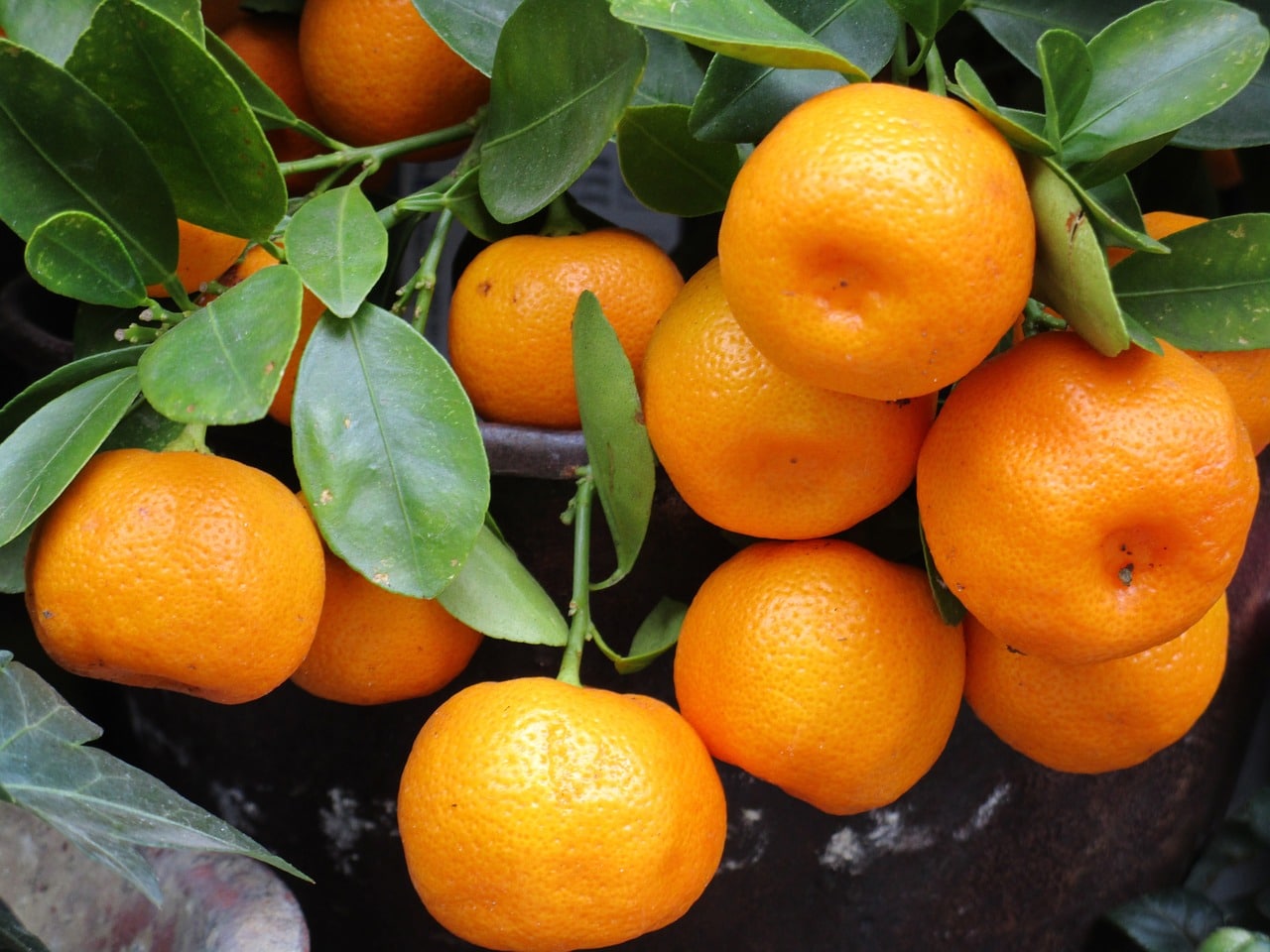The U.S. seed industry diligently works to educate congress about the importance of the International Treaty on Plant Genetic Resources for Food and Agriculture with the hopes of ratification.
No country is self-sufficient in plant genetic resources. All depend on genetic diversity in crops from other countries and regions; hence, the International Treaty on Plant Genetic Resources for Food and Agriculture.
The treaty looks to accomplish three goals. First, it recognizes the contribution of farmers to the diversity of crops. Second, it establishes a global system to provide farmers, plant breeders and scientists with access to plant genetic material. Third, it ensures that recipients share benefits they derive from the use of these genetic materials with the countries where the material originated.
The overall goal of the treaty is to support the larger issue at hand — practicing sustainable agriculture and achieving food security.
In short, the International Treaty on Plant Genetic Resources for Food and Agriculture allows plant breeders in the United States to access parent material and germplasm from gene banks around the world to further their breeding efforts.

Failed Action
To date, 131 countries have ratified the treaty, which is governed by all con-tracting parties. However, the United States, while a signatory, has not ratified the International Treaty on Plant Genetic Resources for Food and Agriculture.
The treaty was signed by the United States Nov. 1, 2002, but Congress has since failed to vote on it. Jane DeMarchi, American Seed Trade Association vice president of government and regulatory affairs, explains that it was brought up during a hearing in 2009, and in 2010, the Senate Foreign Relations Committee recommended ratification. It was even placed on the calendar of the Senate for a vote in December of 2010, but Congress adjourned before voting on it.
During the past year, ASTA has rejuvenated its efforts to ratify the treaty. But before the treaty can be recommended to congress, it must first go through the Senate Foreign Relations Committee.
“We spent most of 2014 educating senate members about the seed industry and the importance of ratification,” DeMarchi says, noting that during her conversations with senate members, there are almost no concerns raised. “The treaty is noncontroversial but highly technical, and should be treated as such. The awareness level of the treaty was very low. It’s really just a matter of educating people about the international level of plant breeding.”
Now that the November election is past, DeMarchi says the team working on this issue is waiting to see how the committee is going to operate. She explains that one of the issues ASTA is working to convey is that even though the United States hasn’t ratified the treaty, it’s in force around the world and the U.S. seed industry and plant breeders are impacted by it. One hundred thirty-one countries is a big resource for plant material.
“Because we haven’t ratified the treaty, we don’t have a seat at the table to negotiate, even though our breeding programs are being impacted,” DeMarchi says. “We know that future development relies on access to foreign materials. Without ratification, we run the risk of some of those sources being shut off.”
Increasing Support
The treaty creates a level playing field where everyone operates under the same rule. ASTA is joined in its efforts to educate policymakers and asking for ratification by several other organizations, including the American Seed Research Foundation, the Biotechnology Industry Organization, the Crop Science Society of America, the National Council of Commercial Plant Breeders and the National Farmers Union. Most recently the Association of Public and Land-grant Universities has joined in the effort.
“University support is critical because they are often the first ones to handle these plant materials,” DeMarchi says. “If you look at the amount of material coming into the United States, it’s tremendous. Much of the research and development done by seed companies is based on access to plant material.”
Additionally, the International Seed Federation recommends “complete coherence” with the International Treaty on Plant Genetic Resources for Food and Agriculture.













